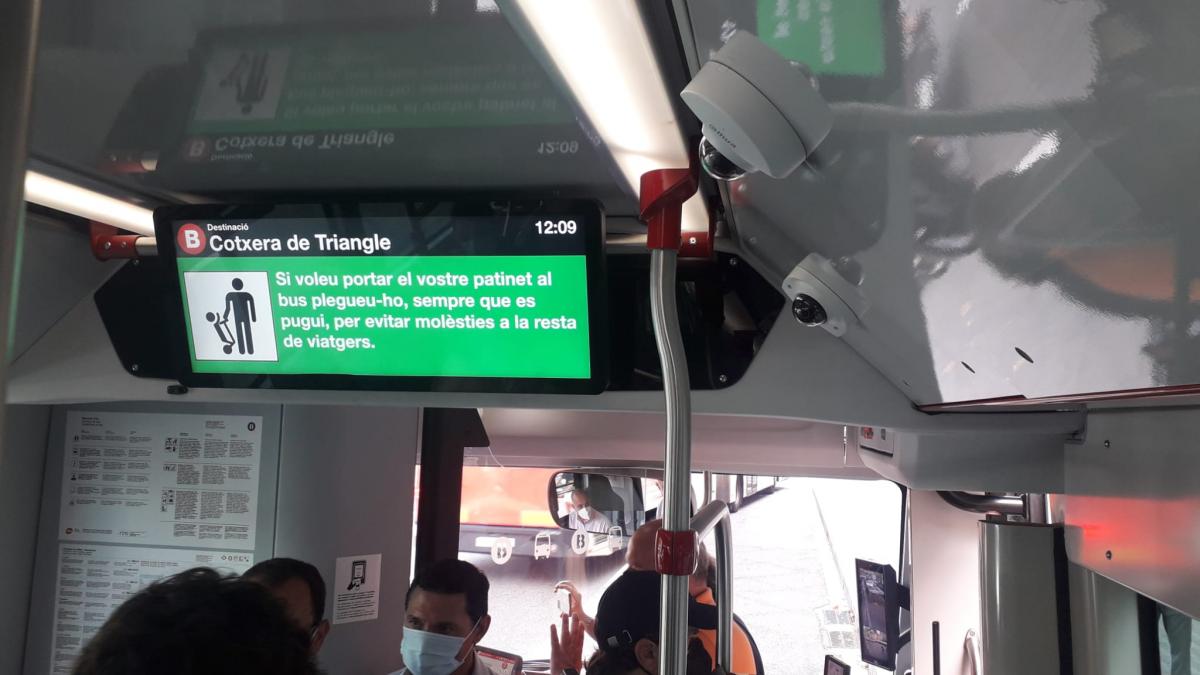The buses of Transports Metropolitans de Barcelona, TMB, have 1,600 new information and surveillance screens as part of its strengthened information system.
They are 29-inch ultra panoramic screens that seek to increase the quality and quantity of service information and allow users to enjoy a better mobility service in the city.
In this way, the current system of LED panels began to be renewed and replaced by the new digital screens.
They will provide more useful and clear information, updated in real time, and will incorporate other aspects such as accessibility, multichannel services and intermodality.
Thus, from now on it will be difficult to get lost in the Barcelona bus network thanks to these new screens that will replace the current LED signs.
1,600 information and video surveillance displays
Although the screens have already begun to be installed, 10 buses (4 standard and 6 articulated) are already equipped with them.
The goal is that during the following months the installation will continue in the rest of the network, while including more dynamic content until the entire fleet is covered with new screens and new content by 2024.
The screens will be located at the top of the interior of the buses.
They will start by disclosing information about which is the next stop, as well as with which other public transports are connected, and will even inform which are the “points of interest” located at the stations (cinemas, stores, theaters and hotels).
It will announce unforeseen alterations, as well as route deviations. It will also give advisory messages such as “Please circulate to the back” and display the bus line “thermometer” so the user can see what the next three stops are.
The project is worth approximately €10 million and is supported by NextGenerationEU funds as part of the EU’s post-pandemic Recovery, Transformation and Resilience plan.
The main lines of the user service information improvement program are as follows
- Modernization of information channels: the aim is to move from LED technology to digital technology.
- Real-time information axis: accessibility improvements, line thermometer, accessibility improvements, passing time in interchange areas, information on the status of subway elevators, status of bus ramps, among others.
- Content management optimization axis: includes the publication of information related to planned and unforeseen route alterations.
For her part, Laia Bonet, president of TMB, stated that this new information system seeks to improve the user experience, providing them with a better quality of service in terms of information and accessibility.

